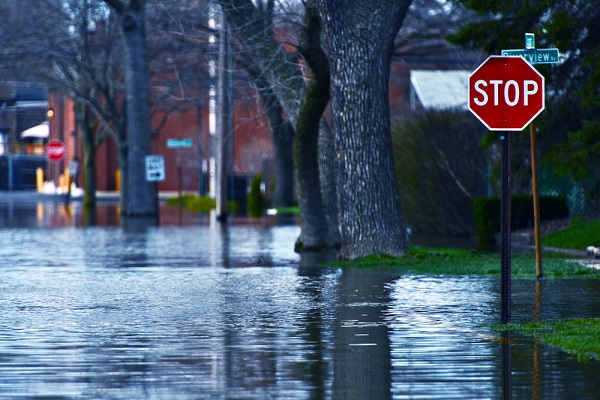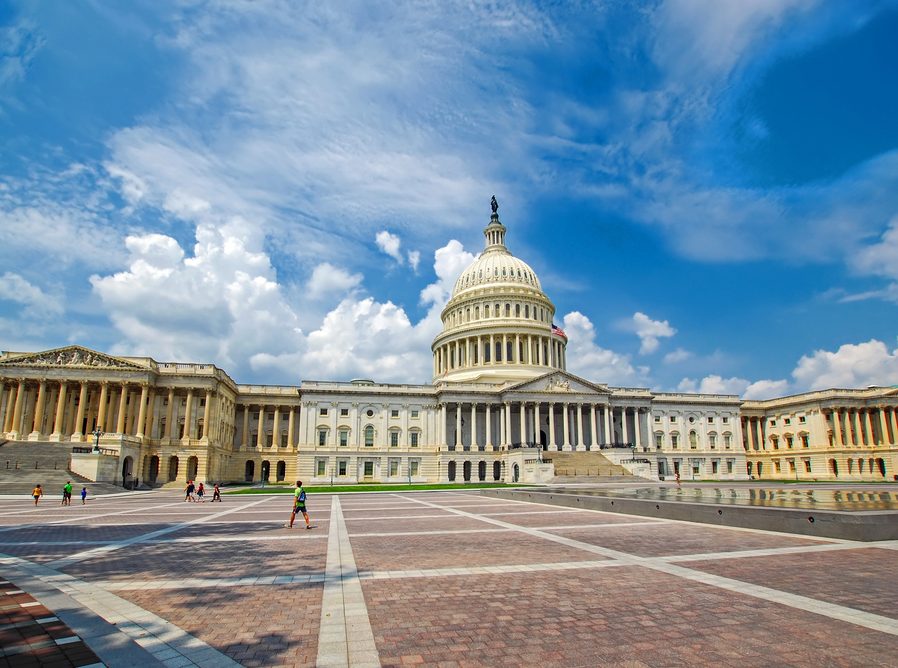Top Factors Impacting the Growth of the Private Flood Market

By: Olivia Overman
Catastrophic flood events are continuing to impact countries across the globe, from the deadly flash floods that swept northern Libya in September 2023 and left more than 4,000 people dead and thousands missing to the powerful atmospheric river-fueled storms that caused severe flooding in Northern California in February.
Across the U.S., the frequency and severity of weather and climate disasters are increasing. The growing frequency of larger, more dangerous storms means a single weather event is doing more damage in larger areas, according to a report by the National Oceanic and Atmospheric Administration’s (NOAA) National Centers for Environmental Information (NCEI).
In the U.S., catastrophic weather events are contributing to the continued growth in the private flood insurance market. In recent years, private insurance coverage has become more competitive. Between 2016 and 2022, the number of insurers offering flood insurance has more than quadrupled from 47 to 198, according to a report by AM Best.
“With frequent severe weather events and recent rain deluges affecting the east and west coasts, awareness of flood insurance is on the rise,” says Cassie Masone, vice president, flood operations, Selective Insurance. “A recent survey from Harris Poll and Selective Insurance found that 41% of U.S. residents are likely to re-evaluate their needs for flood insurance amid the current conversation around climate change and its impact on severe weather events.”
The human and economic impact of recent disasters on consumers’ awareness of the increasing threat from flooding is one of the top factors impacting the growth in the private flood insurance market. This interest has coincided with an increase in the national housing inventory, which rose 6.7% between 2010 and 2020, increasing by 8.8 million units, according to the 2020 U.S. Census.
“If you look at the market right now there’s approximately 144 million residences in the U.S. and there are approximately 5 million NFIP policies and maybe 1 million policies in place in the private market,” says Richard Folkman, vice president catastrophe operations, flood & carrier practice leader, Crawford & Company. “There’s a huge opportunity for agents to go out and sell flood.”
In fact, 22% of homeowners reported that they are aware that they are at risk of flood, according to a 2023 Insurance Information Institute (Triple-I) and Munich Re Consumer Survey. Of those, 78% purchased flood insurance—35% from a private insurance provider and 43% through the NFIP.
Consumer interest in the private flood insurance market has been piqued by homeowners who saw an increase in rates on their NFIP policy. “They call their agent and ask, ‘Can we do better?'” says Christa Nadler, executive vice president, Risk Placement Services Inc. “The NFIP still is, for all intents and purposes, incredibly competitively priced—priced well below what the private flood insurance markets generally will price the coverage—so we are not picking up hundreds of thousands of policies just because the NFIP is increasing rates a little bit, but we are certainly seeing a lot more quoting opportunities because of it.”
However, a crisis in the affordability and availability of homeowners insurance is testing the ability of some consumers to purchase flood insurance.
“Those homeowners who purchased flood insurance in prior years without it being required by their mortgage company may have new financial pressures or priorities today,” Masone says. “Flood insurance often drops to the bottom of the list for those without disposable income to pay for the product, even though they know it is essential.”
Further, “flood insurance is generally tied to a homeowners policy, so if a carrier pulls out of a state or non-renews a homeowners book of business, insureds are left without a flood insurance carrier or may have to shop their flood insurance to find a new provider,” Masone says.
For agents who are maintaining their books of business in the current hard market, “they are requoting policies and cross-selling additional products to form deeper relationships with their clients,” Masone adds. “Flood insurance has become a more substantial part of an agency’s portfolio offering, ultimately helping raise coverage awareness.”
Still, capacity in the marketplace is playing a positive role in the growth of the private flood market.
“If you measure growth in terms of year-over-year change, the growth has been pretty staggering,” says Matt Junge, head of property underwriting U.S., Swiss Re. “If you measure it in terms of how many private flood policies are there overall, I would say it’s pretty slow growth. It will take more reinsurers who have confidence in flood to really continue to help the market grow.”
“Over the last two years, Swiss Re and other reinsurers have remained committed to offering flood insurance even though reinsurance capacity significantly decreased in the marketplace and prices went up—still reinsurers continue to support primary carriers,” Junge continues. “It’s a pretty encouraging sign for the state of the private flood market to come.”
Olivia Overman is IA content editor.










